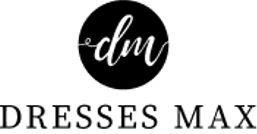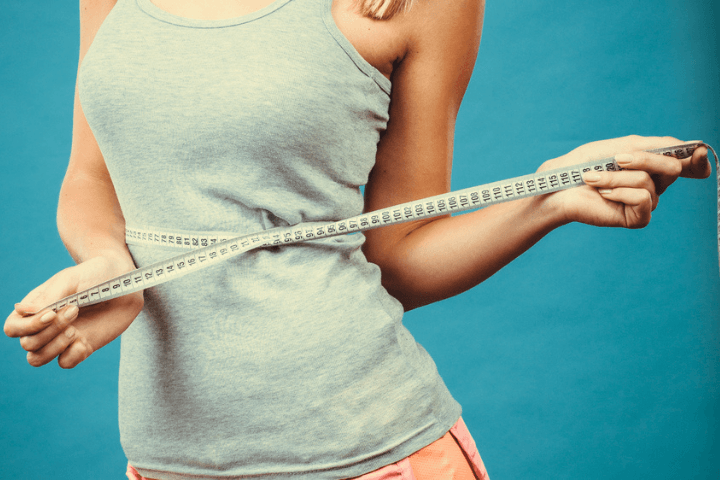
How to Find the Perfect Fit: A Guide to Measuring Your Body for Clothing
Share
Finding the perfect fit for clothing is essential for both comfort and confidence. Ill-fitting clothes can be uncomfortable and affect your posture, while well-fitted clothes can enhance your appearance and help make feel good. Body measurements play a crucial role in finding the perfect fit for clothing, as they provide a reliable basis for determining the appropriate size and style for individual body types. In this blog, we will discuss the key measurements needed for finding the perfect fit, tools and tips for measuring accurately, how to use measurements to choose the right size, and how to account for different styles and fabrics.
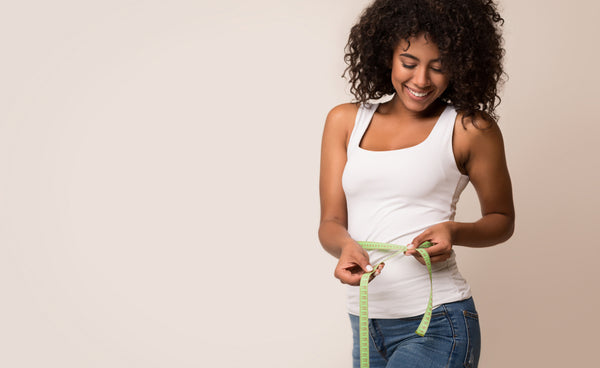
Table of Contents:
- Understanding Body Measurements
- Measuring Your Body for Clothing
- Using Body Measurements to Find the Perfect Fit
- Conclusion
Understanding Body Measurements
Understanding body shape can help in selecting clothing styles that are most flattering and comfortable for individual body types. Here’s how you can find out your accurate body measurement and shop for clothing that fits your persona:
Key Measurements for Women and Men: Body measurements vary depending on gender, but there are key measurements that are crucial for finding the perfect fit for both men and women. For women, the key measurements include bust/chest, waist, hips, inseam, arm length, shoulder width, and neck size. For men, the key measurements include chest, waist, hips, inseam, arm length, shoulder width, and neck size.
Tools Needed for Measuring: To accurately measure your body for clothing, you will need several tools such as a measuring tape, a mirror, and a friend to assist you in measuring. A flexible measuring tape is essential, as it can easily contour to your body shape, and a mirror will help you ensure the tape is aligned correctly. Having a friend assist you in measuring can also help ensure the tape is placed in the correct locations.
Tips for Accurate Measuring: To ensure accurate measurements, it's essential to take your measurements while wearing minimal clothing or underwear, and standing in a relaxed, natural position. It's also important to keep the tape snug but not too tight, as this can affect the accuracy of the measurement. Additionally, taking multiple measurements for each area can help ensure accuracy.
Understanding Body Shape and How it Affects Fit: Understanding your body shape is also important in finding the perfect fit for clothing. Body shapes can vary widely, and include hourglass, apple, pear, rectangle, and inverted triangle. Knowing your body shape can help you choose clothing styles that are most flattering and comfortable for your body type.
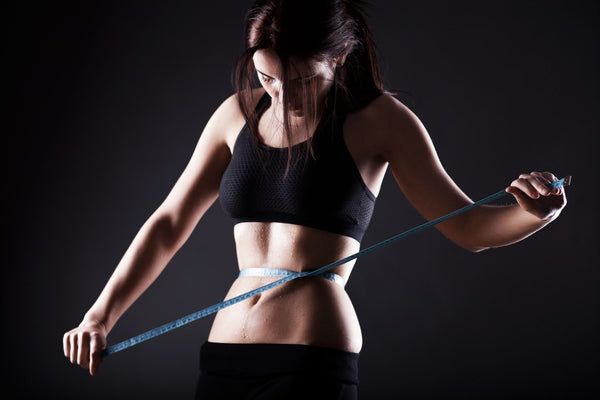
Measuring Your Body for Clothing
Measuring your body for clothing is an important step in finding the perfect fit. Key measurements, such as chest/bust, waist, hips, inseam, arm length, and others, provide a reliable basis for determining the appropriate size and style for individual body types. Here’s how you can measure each of your body part:
Measuring Chest/Bust: To measure your chest/bust, wrap the measuring tape around the fullest part of your chest, ensuring it is straight and parallel to the ground. Make sure the tape is snug but not too tight, and that you’re not wearing any bulky clothing that could affect the measurement.
Measuring Waist: To measure your waist, wrap the measuring tape around your natural waistline, which is usually the narrowest part of your torso. Again, ensure the tape is straight and parallel to the ground, and keep it snug but not too tight.
Measuring Hips: To measure your hips, wrap the measuring tape around the fullest part of your hips, ensuring it is straight and parallel to the ground. Make sure the tape is snug but not too tight, and that you're not wearing any bulky clothing that could affect the measurement.
Measuring Inseam: To measure your inseam, stand with your feet shoulder-width apart and measure from the crotch to the bottom of your ankle bone. Make sure the measuring tape is straight and snug but not too tight.
Measuring Arm Length: To measure your arm length, start at the top of your shoulder and measure down to your wrist bone. Make sure your arm is relaxed and slightly bent, and that the measuring tape is straight and snug but not too tight.
Measuring Shoulder Width: To measure your shoulder width, measure from the end of one shoulder bone to the end of the other shoulder bone, across the back. Make sure the measuring tape is straight and snug but not too tight.
Measuring Neck Size: To measure your neck size, wrap the measuring tape around the base of your neck, where your shirt collar would normally sit. Make sure the measuring tape is straight and snug but not too tight.
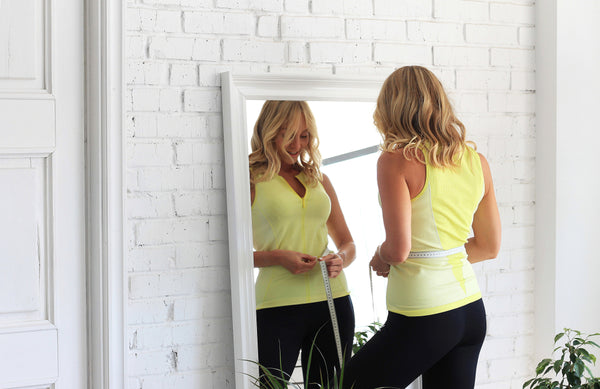
Using Body Measurements to Find the Perfect Fit
Using body measurements is a crucial step in finding the perfect fit for clothing. It involves multiple factors and by considering them, you can find clothing that fits well and is comfortable, stylish and flattering:
Understanding Size Charts: Comprehending size charts is essential in using body measurements to find the perfect fit for clothing. Size charts can vary depending on the brand and style of clothing, so it's important to refer to the size chart specific to the item you're purchasing.
How to Choose the Right Size: To choose a perfect size, compare your body measurements to the size chart for the item you are purchasing. If your measurements fall between two sizes, it's generally recommended to go with the larger size. It's also important to consider the fit of the clothing style you're purchasing. For example, if you prefer a looser fit, you may want to size up.
Account for Different Styles and Fabrics: Different clothing styles and fabrics can affect the fit of clothing, even if the measurements match up with the size chart. For example, stretchy fabrics may require a smaller size for a snug fit, while structured fabrics may require a larger size for comfort. Additionally, certain styles may be more flattering for different body types, so it's important to consider style in addition to size. It may be helpful to read reviews or try on different sizes and styles to find the best fit.
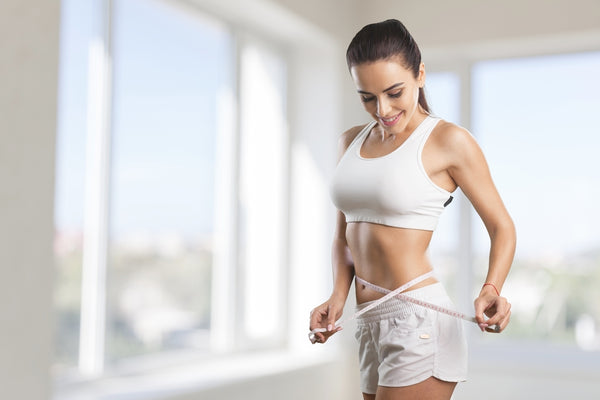
Conclusion
Finding the perfect fit for clothing is crucial for both comfort and confidence. To measure accurately, you will need a flexible measuring tape, a mirror, and a friend to assist you. Take your measurements while wearing minimal clothing or underwear and standing in a relaxed, natural position. Ensure the tape is snug but not too tight, and take multiple measurements for each area to ensure accuracy. To choose the right size, compare your body measurements to the size chart for the item you are purchasing, and consider the fit of the clothing style and fabric. Lastly, head to Dresses Max where you can find a vast range of products and a detailed size guide, making it easier for you to pick a perfect fit for yourself.




